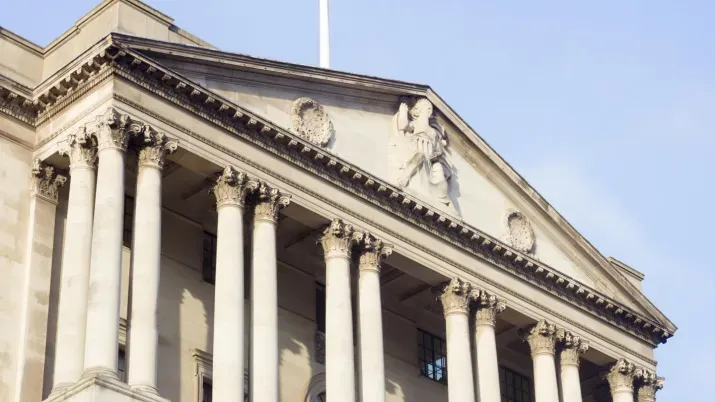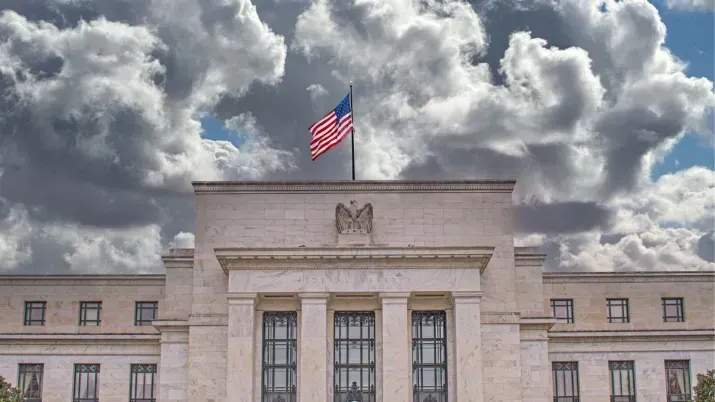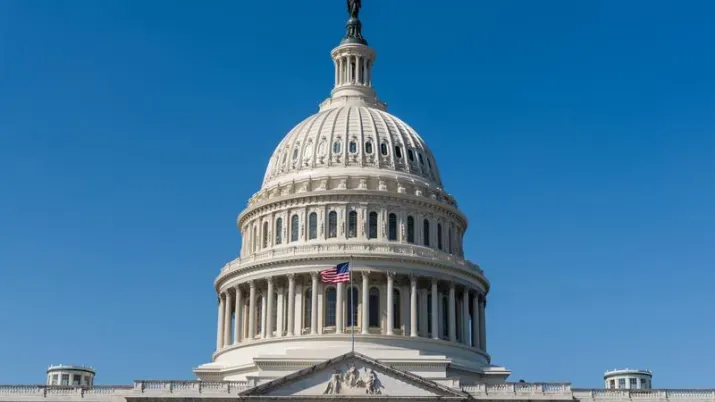TwentyFour

Would the ECB say goodbye to AT1s?
On Thursday, the European Central Bank (ECB) published a report setting out a number of proposals for simplifying the regulatory framework for banks.
TwentyFour

The TwentyFour 7: Seven questions that could define 2026 for fixed income
As we approach the end of a year that has seen risk assets shrug off US tariffs and mounting concerns over AI-driven tech valuations, TwentyFour Asset Management’s portfolio management team selects the seven key questions that they believe will define 2026 for fixed income investors.
TwentyFour

UK migration a reminder of unusual labour market dynamics
Late last month, the UK’s Office for National Statistics (ONS) published updated migration numbers for the year to June 2025. As we argued here, immigration will be an important variable to monitor when it comes to assessing the health of labour markets.
TwentyFour

UK banks earn lower capital requirements with stress test results
After solid stress test results from UK insurers last week, on Tuesday it was the banks’ turn as the Bank of England (BoE) published its 2025 stress test results along with December’s Financial Stability Report.
TwentyFour

Private credit and life insurers: Is there a problem?
The terms private credit and life insurance have appeared together in multiple negative headlines in recent weeks, and to casual observers the link between the two may not be immediately obvious.
TwentyFour

Job done for Reeves but numbers far from certain
The wait is over. UK Chancellor Rachel Reeves delivered her much anticipated November Budget on Wednesday, ending weeks of rumours and leaks that had created a general feeling that all measures were on the table – now investors, businesses and taxpayers alike can fill in the empty cells on their spreadsheets and calculate what’s left.
TwentyFour

Insurance stress tests show resilience amid private credit concerns
The private credit exposure of life insurance firms, particularly those with private equity (PE) owners, has been drawing the market’s attention in recent weeks.
TwentyFour

AI: How deep are the bond market’s pockets?
For much of the past year, the AI story in markets has been one of unrestrained optimism. Firms have been racing to spend on chips, infrastructure, and data centres, and equity valuations have generally rewarded those with the boldest capital expenditure plans.
TwentyFour

Weird week of data to drive macro narrative
Economic data this week will be weird, and for central bankers it might not be wonderful. In the US, not only will we endure the aberration of non-farm payrolls (NFP) data being published on a Thursday, but we’ll also get several late macro data releases with the government shutdown put off until at least January.
TwentyFour

CLOs are finally pricing the tail
For some time now, collateralised loan obligations (CLOs) have in our view been one of the standout risk-adjusted opportunities in all of fixed income, and in recent years (including this one) their performance has lived up to that billing.
TwentyFour

Stakes are high but Fed in control as it ends QT
In 2017, when the Federal Reserve (Fed) was preparing to shrink its balance sheet, then-chair Janet Yellen famously described the process of quantitative tightening (QT) as being "like watching paint dry."
TwentyFour

Solvency II transition leaves insurers (and bondholders) in better place
This year will go down as an important period for the European insurance sector, which is concluding its effort to phase out capital instruments issued under the old Solvency I framework and replace them with more modern Solvency II structures.
TwentyFour

Should bond markets fear an AI bubble?
There is an emerging sense of unease in the markets around the scale and productivity of corporate investments in AI. As fixed income investors, not equity or tech managers, we will not aim to assess the longevity or possible applications of these nascent technologies, and nor should we opine on when or by how much equity markets might go up or down.
TwentyFour

Fed tension limits scope for UST rally
Jerome Powell and his Federal Reserve (Fed) colleagues decided to cut the Fed Funds rate by 25bp to 3.75-4% at last week’s policy meeting, marking 150bp of cuts since the cycle began in September 2024.
TwentyFour

Beyond the noise, conditions favour fixed income
Amid tariffs, bankruptcies, and uncertainty, credit fundamentals remain strong. Elevated yields and solid corporate balance sheets favour income-focused fixed income strategies over government bonds, even as volatility persists.
TwentyFour

Falling oil prices and what it means for credit markets
Oil prices have been gathering headlines in the last few weeks. After falling below the $60 per barrel mark, the West Texas Intermediate price (WTI) bounced back strongly as a result of fresh sanctions announced against the two Russian giants, Lukoil and Rosneft.
TwentyFour

The compelling case for short-dated bonds
As we begin the final stretch of 2025, market conditions appear challenging. Inflation remains sticky across a range of economies, preventing major central banks from enacting rapid rate cuts to support GDP growth.
TwentyFour

Cooling inflation offers relief amid US data blackout
Amidst an economic data blackout caused by the US government shutdown, markets received a bit of positive news on Friday with the release of the US CPI report which showed consumer prices in September increased at a slower pace than expected.
TwentyFour

T-Bill and Chill: Running out of steam?
Earlier this month, we wrote about the high cost of staying in cash in the Euro market. In that note, we argued that a combination of inflation, low front-end rates and steeper curves, favoured a rotation out of cash and cash like instruments into other alternatives that delivered better real returns, including credit. Building on this argument, we wanted to extend this perspective to the US dollar market and highlight a few key points.
TwentyFour

Maybe the stars align for an earlier cut from the Bank of England?
The labour market in the UK continues to cool off along the lines of what the Bank of England (BoE) expects. Yesterday, the Office for National Statistics (ONS), released its monthly labour market data report, highlighting a rise in the unemployment rate and a reduction in some wage inflation measures.
TwentyFour

Investment Grade Quarterly Update – October 2025
As fixed income investors face inflation surprises, tariff rhetoric and growing concerns around central bank independence, Gordon Shannon, Partner and Co-Head of Investment Grade, explains why the focus remains on resilience.
TwentyFour

Multi-Sector Bond Quarterly Update – October 2025
In our latest Multi-Sector Bond quarterly update, Jakub Lichwa, Portfolio Management, discusses why we retain a favourable view on credit despite tighter spreads.
TwentyFour

Asset-Backed Securities Quarterly Update – October 2025
In our latest Asset-Backed Securities (ABS) quarterly update, Aza Teeuwen, Partner and Co-Head of ABS, explains how strong CLO issuance, robust investor demand and tightening spreads have driven a standout year for the European ABS market.
TwentyFour

CLOs prove resilient amid First Brands loan rout
The sharp sell-off in loans tied to First Brands Group, a US auto-parts supplier, has rippled through credit markets in recent weeks — but for investors' outstanding senior secured loans held in Collateralised Loan Obligations (CLOs), the damage appears modest and distinct from reported off balance sheet financings.
